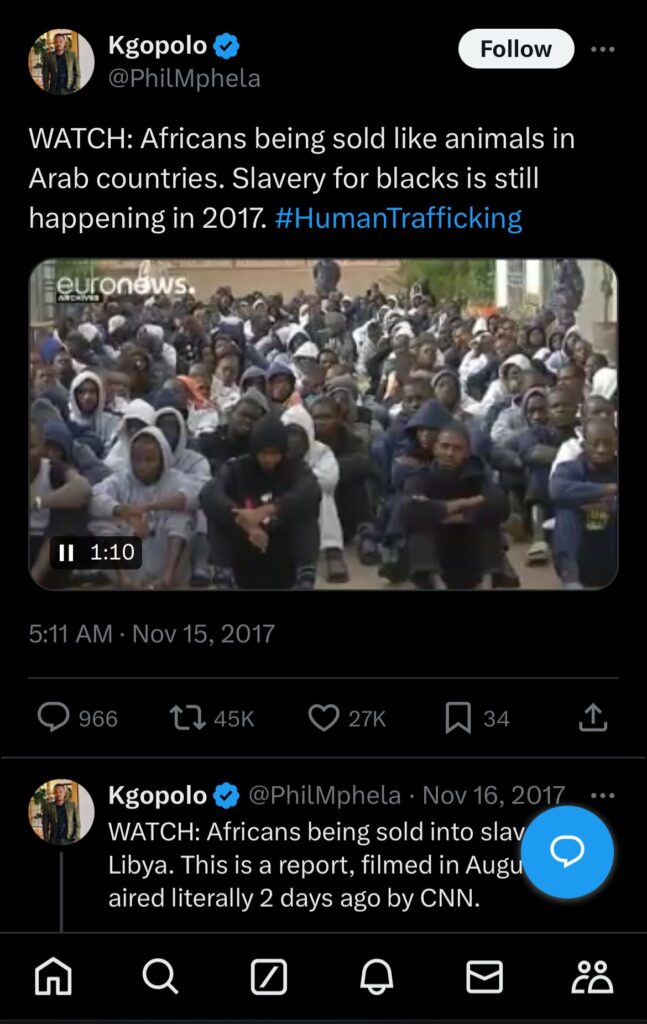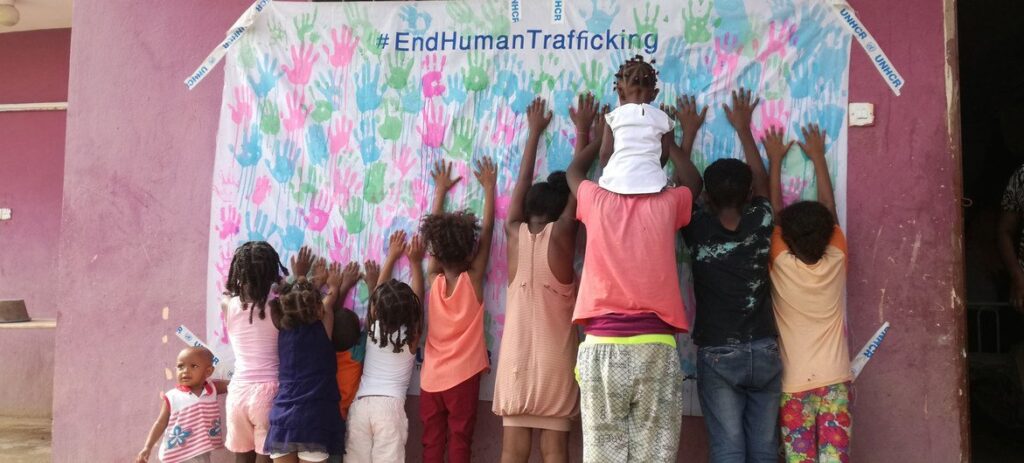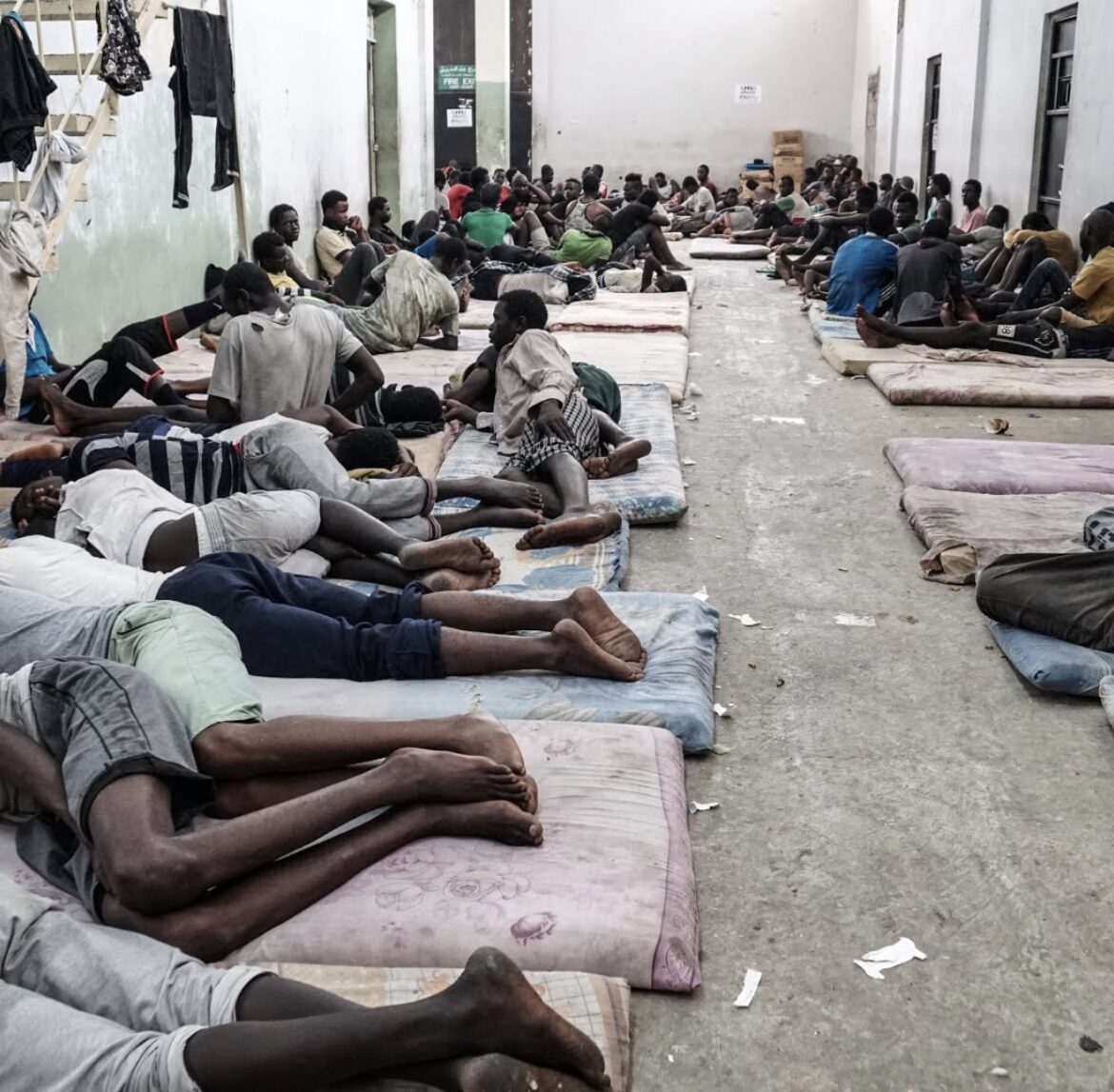The latest report from the United Nations Office on Drugs and Crime (UNODC) reveals a troubling 25% rise in detected human trafficking victims worldwide. Alarming trends show that an increasing number of children are being targeted and exploited, highlighting an urgent need for global action.
Trafficking for forced labour and criminality has risen by a quarter in recent years. Africa ranks as the top region of origin for the highest share of human trafficking flows worldwide. The most common forms of exploitation are forced labour, sexual exploitation, and forced criminality.
The United Nations Office on Drugs and Crime (UNODC) reports that most African victims are trafficked within the continent, where displacement, insecurity, and climate change exacerbated the problem. The report revealed that children are more frequently detected as victims than adults in most parts of the continent, accounting for over 61% of trafficking victims.
“Poverty and social inequality are among the root causes of human trafficking,” said Cheikh Ousmane Toure, the UNODC representative in Nigeria. “Often, these factors result in victims being exploited as they attempt to address their economic needs.” Mr. Toure told BBC.
In West and East Africa, both boys and girls are trafficked for forced labour, including domestic work, agriculture, and the mining sector. Researchers found that girls are most commonly trafficked for sexual exploitation across the continent.

Trafficking for forced criminality, which includes activities like online scams, ranks third in the number of victims detected, according to the report. “We are in a digital world where users are more connected than ever before,” said Mr. Toure. “As long as the continent continues to face economic hardship, insecurity, and lack of opportunities, people will remain vulnerable to traffickers exploiting their circumstances for profit.”
Along migration routes, traffickers often collaborate with smugglers to exploit migrants, turning smuggling networks into trafficking operations.
In 2022, victims from at least 162 different nationalities were trafficked to 128 destination countries, although most victims were trafficked within national borders. Regions most affected by cross-border trafficking include the Middle East, Western Europe, and Southern Europe.
Human trafficking remains a global phenomenon, impacting all nations either as countries of recruitment or exploitation. Tackling this crime requires a combinated response at global, regional, national, and local levels.
While significant progress has been made in establishing national legislation, challenges persist in implementing effective operational responses to prevention, protection, and prosecution. These crimes continue to evolve and adapt to societal changes.

In Vienna, Austria, an international forum brought together experts from nearly 60 countries and international organizations to enhance collaboration, build a strong global network of legal professionals, and strengthen cross-border efforts to combat human trafficking and migrant smuggling. Prosecutors emphasized their role in holding perpetrators accountable and ensuring justice for victims.
They also stressed the responsibility of governments to include young men and women in the decision-making processes, ensuring their voices are heard in the search for sustainable solutions to human trafficking in Africa.
During the forum, Gambian prosecutor Patrick Gomez highlighted the need to strengthen communication, information-sharing, and collaboration among nations. “If countries do not cooperate, we will never efficiently combat human trafficking and migrant smuggling,” said Mr. Gomez.
Through the “Pact for the Future,” the international community has renewed its commitment to intensify efforts at all levels to eradicate forced labour, end modern slavery and trafficking in persons, especially women and children, and eliminate all forms of child labour.

